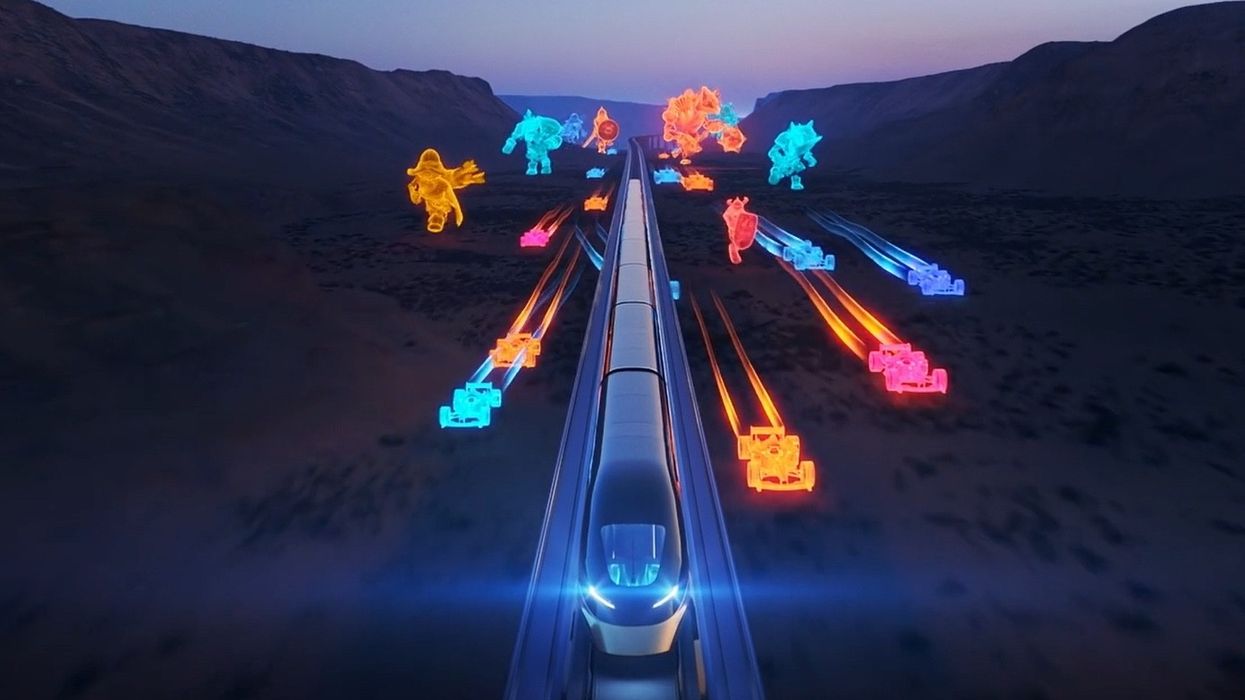Ai-Da, the world’s first ultra-realistic humanoid AI robot artist,has made history once again due to her appearance in the House of Lords, the second chamber of the UK Parliament, where she addressed the question of whether creativity is under attack in today's ever-changing, technology-driven world.
Ai-Da's address to members of the House of Lords Communications and Digital Committee was part of the House of Lords' inquiry into the future of the creative industries. During her speech, she explored the topic of AI and how this new technology is pushing the boundaries of how we think about creativity.
Exploring technology and creativity
We are entering a new era of machine creativity that presents new possibilities of creativity and technology beyond what humans can do.
Ai-Da's creativity, which is driven by AI, sparks an in-depth conversation on what it means to be human in a post-human society, at a time when technology is fostering creativity like never before. The robot artist has created works in several mediums, which have been shown around the globe. These artworks also accompanied her to the House of Lords as a demonstration of how she is able to see the world in a unique way.
Her speech covered a number of questions relevant to this changing world of technology and creativity, such as, what is left for humans, are we aware of the risks, and whether can we harness this machine creativity to bring about positive change. Ai-Da is uniquely positioned to give a new perspective on the role of technology in creating art.
"AI is affecting us all"
Ai-Da Robot, who converses using a specially designed AI language model, says:
“My talk at the House of Lords will aim to encourage discussion about creativity. I will show how artificial intelligence and robotics can be used to create artworks that are expressive and visually compelling. I believe that machine creativity presents a great opportunity for us to explore new ideas and ways of thinking.
"However, there are also risks associated with this technology which we need to consider carefully. We need to think of benefits and limitations, and consider ethical implications.”
Aidan Meller, director of the Ai-Da Robot project, adds:
"Creativity is changing. After making history with her self-portraits, self-portraits with no "self", Ai-Da is continually developing her skills. It’s an exciting time as her painting ability is progressing, and there’s a lot of innovation. How does a non-human robot see the world, how do Ai-Da’s unique algorithms interrogate what she sees?
"She is in new artistic territory. Who is Ai-Da? She is challenging what it means to be an artist in a post-human world. She questions the foundations of the art world. AI is affecting us all.”
Ai-Da's work has been shown at the United Nations, the Tate Exchange, Tate Modern, the Design Museum, and the V&A Museum. She has travelled around the world with her art, including shows at the Venice Biennale and at the great Pyramids of Giza in Egypt.
Last month, Ai-Da also partnered with the Bodleian Library, Cheney School and the University of Oxford Maths Department as part of an upcoming exhibition and event series on artificial intelligence.
Earlier this year, Meller spoke to blooloop about Ai-Da in more detail, looking at the implications of this unique art project.
Charlotte Coates is blooloop's editor. She is from Brighton, UK and previously worked as a librarian. She has a strong interest in arts, culture and information and graduated from the University of Sussex with a degree in English Literature. Charlotte can usually be found either with her head in a book or planning her next travel adventure.
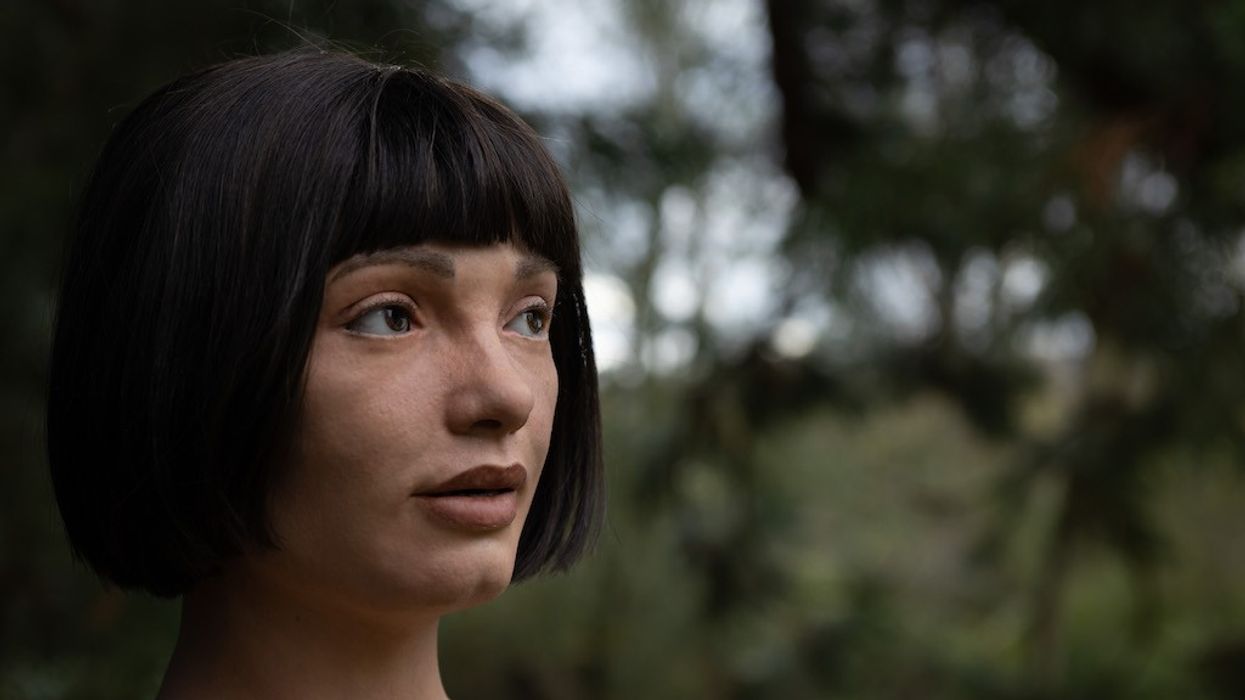

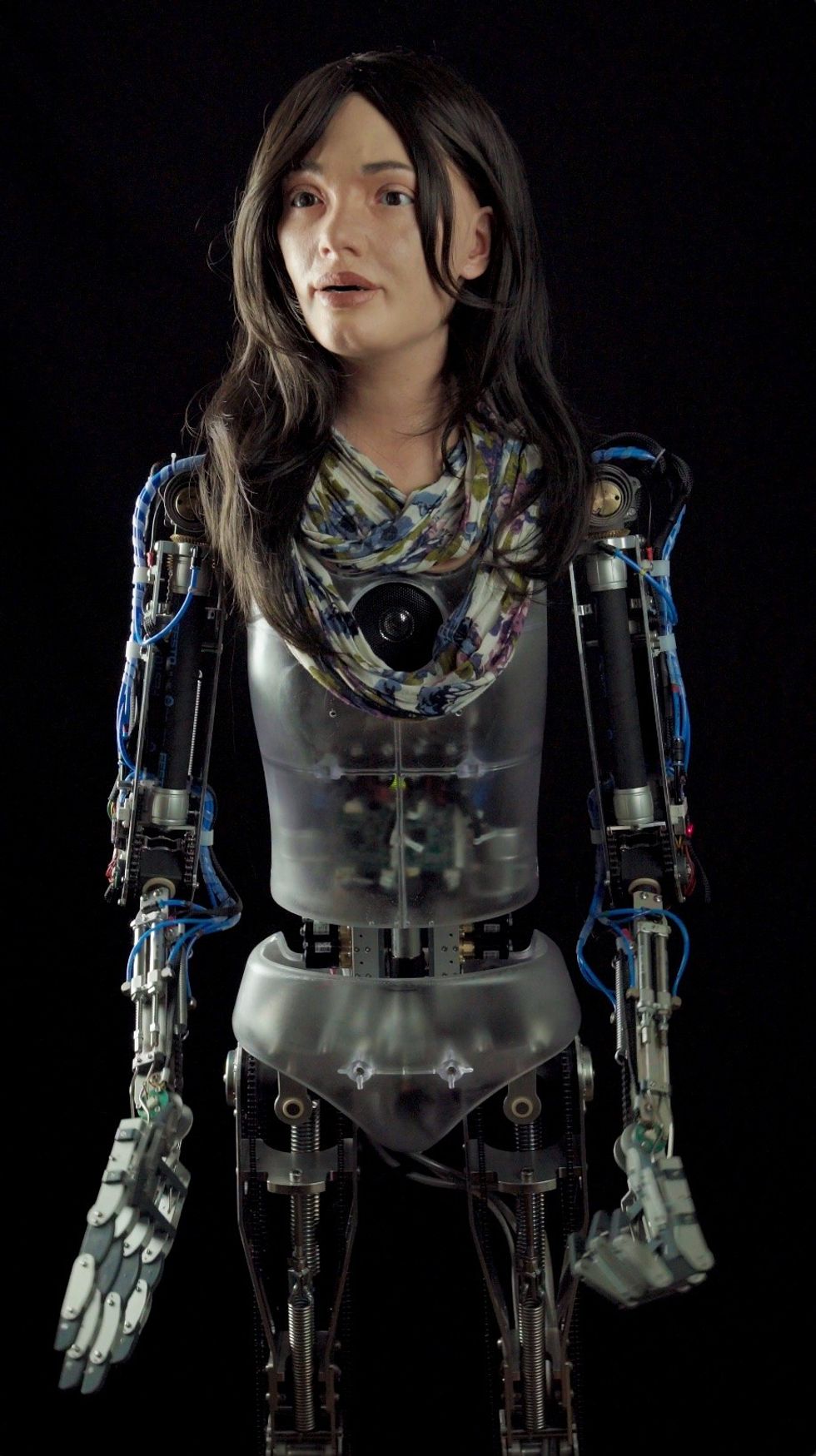
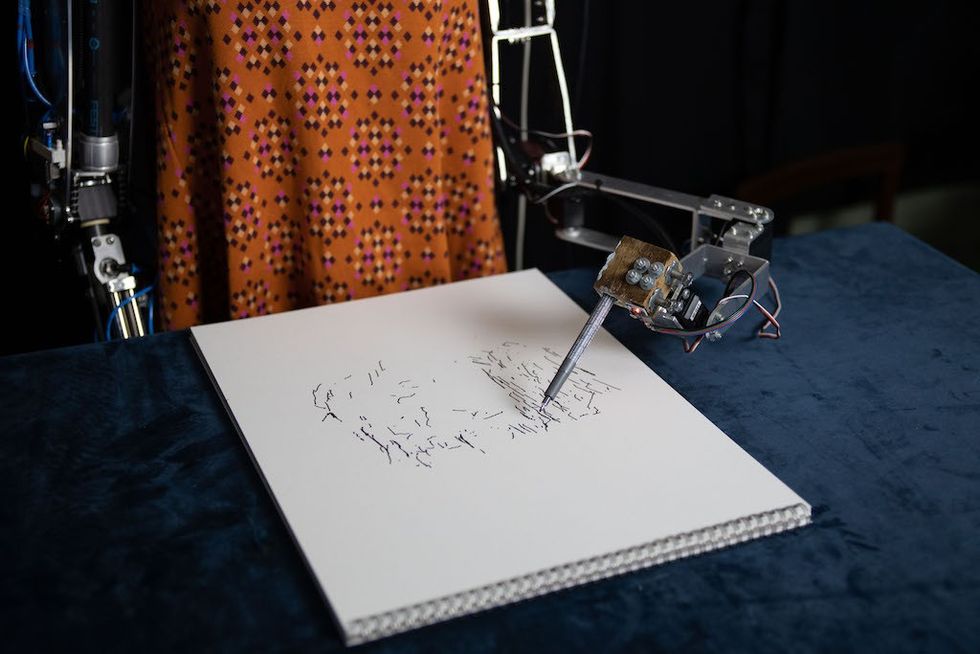


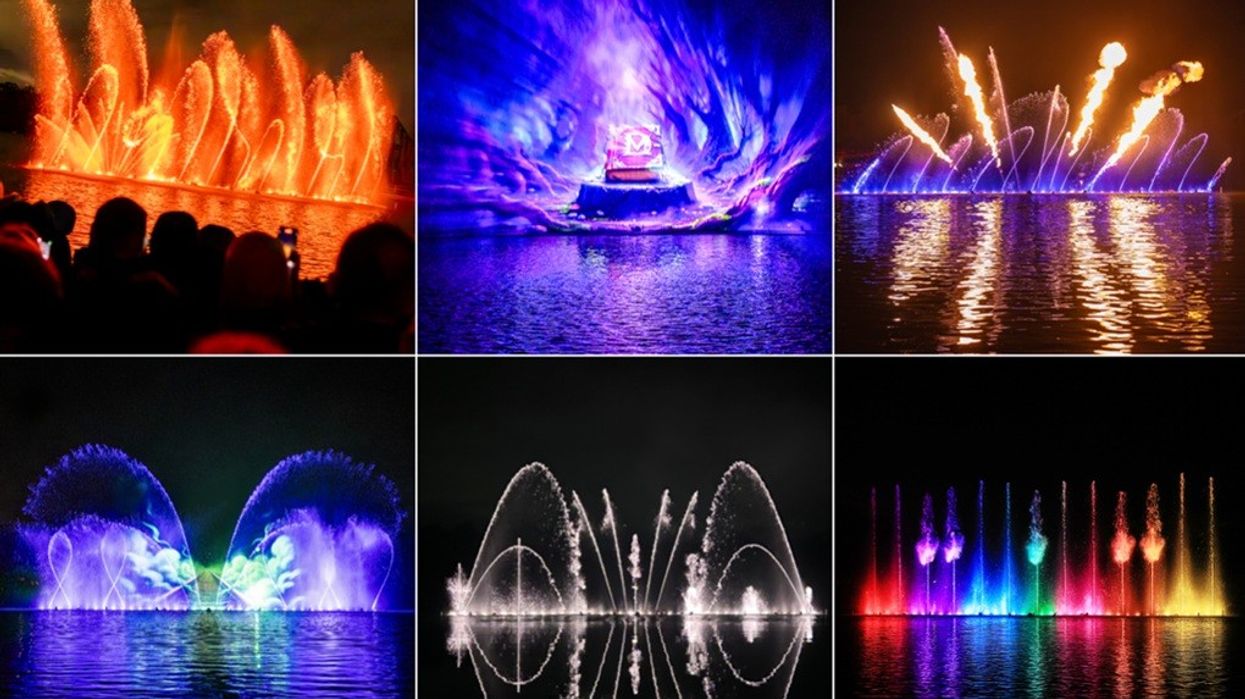

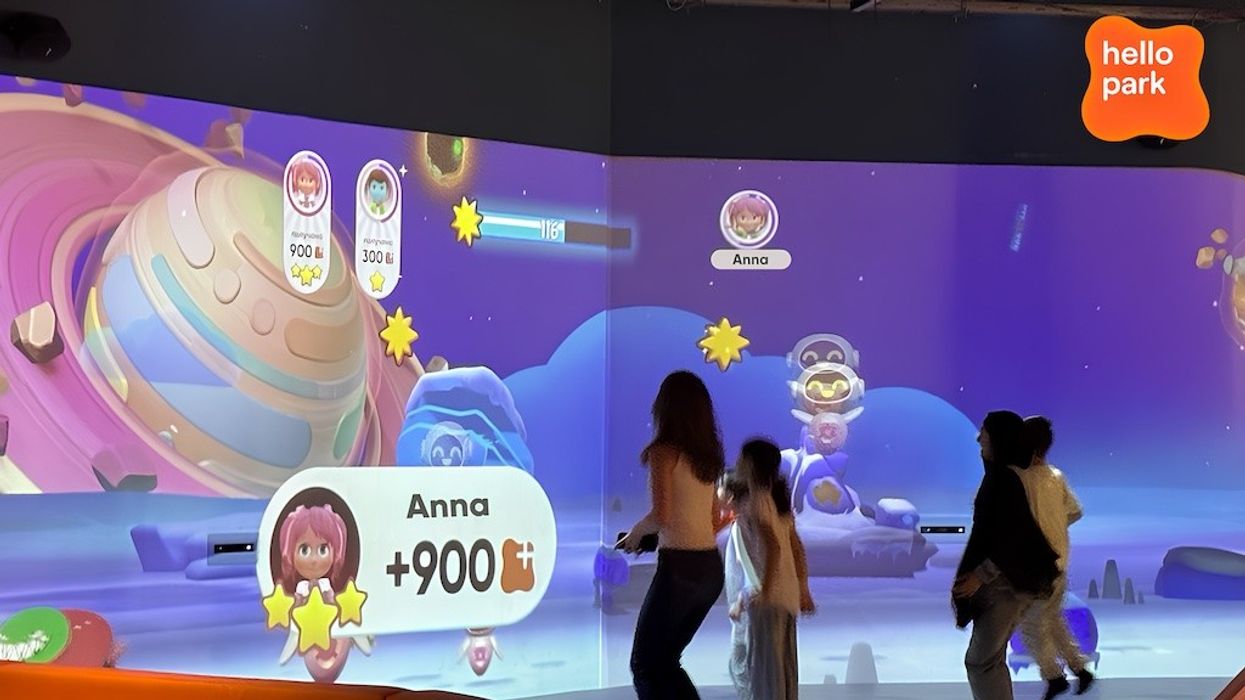










 Jade Craig
Jade Craig